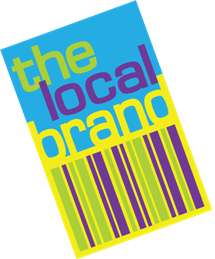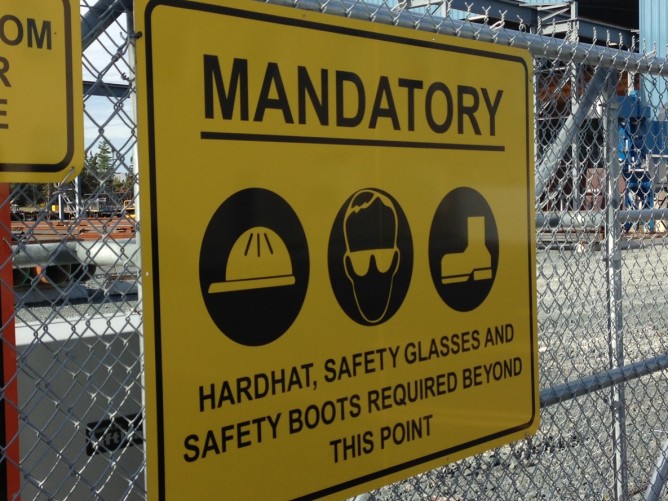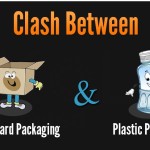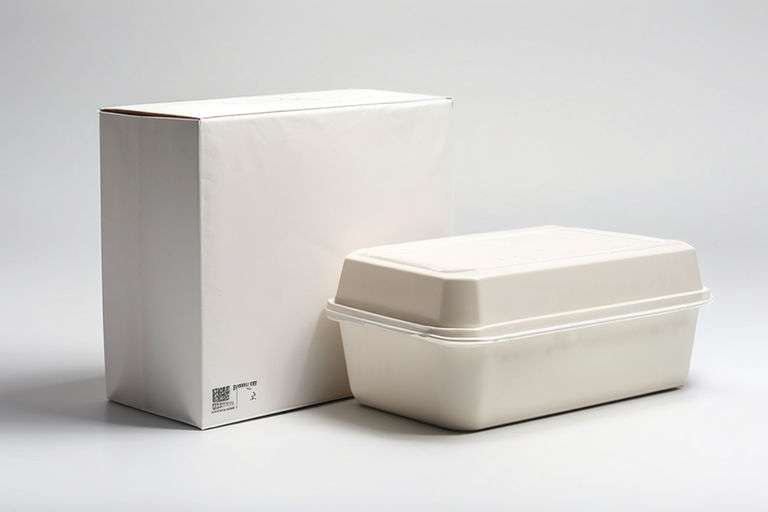
The definition of dangerous goods varies slightly from one country to the next. In the USA and Australia dangerous good are defined as chemicals, manufactured products, mixtures, articles and substances that pose a risk to the lives of animals, the environment and that of people. If these goods are not handled correctly they can cause lots of damage both during the handling process and during transportation. The damage is not just limited to personal injury which why dangerous goods training is very important.
Types of dangerous goods
Generally speaking there are two main categories of dangerous goods i.e. goods that are dangerous to use and goods that are dangerous to transport. Dangerous goods training programs often focus on either one of the two by having one program for each category of dangerous items. The big difference between the two categories mainly depends on what your job description is, for instance people at a chemical plant may be tasked with handling lead acetate on a regular basis along with other dangerous chemicals. They will require a training program that focuses on handling and using these dangerous chemicals. People who are responsible for loading, planning transport routes and packing dangerous goods may need to attend a training program which focuses on transporting these goods. Supervisors, managers and those who are looking to make a career out of handling of dangerous chemicals may want to take both types of courses.
Goods that are dangerous to use
There are many products that you may encounter in your daily life which are hazardous to use and coming into contact with them for an extended period of time can cause irreversible damage. Things like household cleaning mixtures, gardening products and paint additives are just a few things which can cause personal harm if not used correctly. This is why these items are often packaged in containers which bear a safety symbol and message which describes what type of health hazard it poses and what steps need to be taken if it’s spilt accidentally or if it has been swallowed. Most countries require that dangerous chemicals or semi-dangerous domestic chemicals bear the right symbols and notifications in order to avoid personal harm by users. However, personal harm can further be reduced by a good dangerous goods training program.
Businesses that are involved in manufacturing and packaging these dangerous goods will need to invest in dangerous goods training for their employees. This is because their training will include the right handling methods, what symbols to use, how to handle as per regulation and how to classify various dangerous items. All of this can help protect an ignorant user from personal harm as well as protect the company from breaching current safety regulations.

Transporting dangerous goods
Materials and substances which are often dangerous to transport will range from ones which are an obvious risk like explosives, ammunition, fuming acids and firecrackers to less obvious ones like paints, pesticides and solvents. The transportation of dangerous good are highly regulated in order to prevent accidents as much as possible to people, the environment and property. A dangerous goods training program will cover every mode of transport i.e. rail, sea, road, waterway and air, the required safety precautions and packaging techniques. The most common regulatory model followed is the one published by the UN, which sets a number of guidelines for the transportation of dangerous goods. Alertforce’s experts say that the UN Model is the most prevalent across the globe because it uses a standardized classification system where every type of dangerous chemical, mixture or substance is assigned a specific class rating which mainly depends on how dangerous it is. In total there are 9 classes. Businesses that find themselves having to transport dangerous goods over a short or long route will need to be adequately trained by professionals who are certified.
In Australia the transportation and packaging of dangerous goods is strictly regulated. Only people who have undergone extensive dangerous goods training are allowed to transport and handle dangerous goods. This is why people who want to get into manufacturing may often need a certificate which proves that they are adequately trained.
Mark is a safety trainer and a chemical engineer. He has been working in the explosives industry for over a decade. In addition to working as a consultant for various leading manufacturers he also provides dangerous goods training and refresher courses to employees of these businesses. His company in Sydney offers various other types of safety and professional training to professionals around Australia.
Citations:
Featured images:
- License: Royalty Free or iStock source: http://commons.wikimedia.org/wiki/File:Label_for_dangerous_goods_-_class_3.svg
- License: Royalty Free or iStock source: http://en.wikipedia.org/wiki/File:Australian_Dangerous_Goods.png















